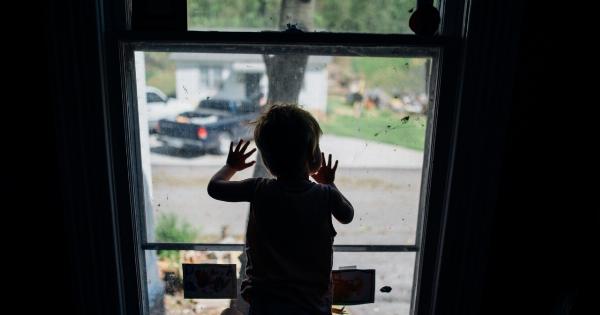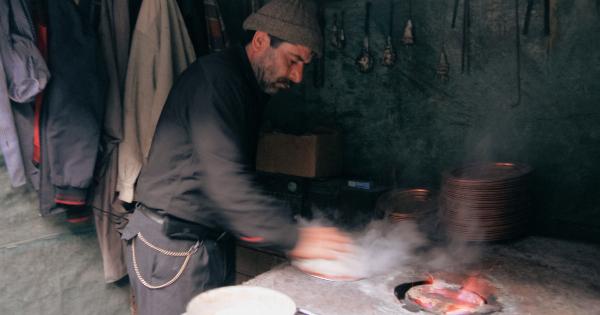Every year, numerous children across the world lose their lives due to a preventable tragedy – being left unattended in a hot car.
This heartbreaking occurrence emphasizes the dire need for awareness and preventative measures to ensure the safety and well-being of our little ones. In this article, we will explore the fatal consequences of leaving a child in a hot car, shedding light on the severity of this issue and the steps we can take to prevent such tragedies from happening.
The Harsh Reality of Heatstroke
Heatstroke, also known as hyperthermia, is the primary danger faced by children left in hot cars. Heatstroke occurs when the body overheats and is unable to regulate its temperature, often leading to organ failure and death.
Children are particularly vulnerable to heatstroke as their bodies heat up three to five times faster than that of an adult, making them more susceptible to life-threatening conditions.
The Rapid Onset of Danger
It is crucial to understand the rapid onset of danger when a child is left in a hot car. In just a matter of minutes, the temperature inside a car can increase exponentially, even on relatively mild days.
Studies have shown that on an 80°F (27°C) day, the temperature inside a vehicle can reach potentially fatal levels of over 130°F (54°C) within 30 minutes. This rapid temperature rise poses a severe threat to any child left unattended.
The Consequences of Negligence
The consequences of leaving a child in a hot car can be devastating. Heatstroke resulting from this negligence can cause irreversible damage to a child’s organs, including the brain, heart, liver, and kidneys.
In addition to the physical toll, parents and caregivers may face severe legal consequences, including charges of child endangerment or even manslaughter. The guilt and emotional trauma associated with such incidents can be overwhelming and last a lifetime.
Understanding the Contributing Factors
Several contributing factors play a role in cases where children are left behind in hot cars:.
-
Forgetfulness and Distraction:
Busy schedules, daily stressors, and distracted parenting can lead to accidental lapses in memory regarding the presence of a child in the backseat of a vehicle. This oversight, even for a short period, can have fatal consequences.
-
Intentional Leaving:
In some tragic cases, parents or caregivers intentionally leave a child in a hot car, subjecting them to extreme danger. These instances are often associated with issues such as child abuse, neglect, or parental mental health problems.
-
Lack of Awareness:
Misconceptions and lack of knowledge about the potential dangers that can arise from leaving a child unattended in a hot car contribute to the occurrence of such incidents. Raising awareness about the risks is crucial in preventing future tragedies.
-
Unattended Children:
Leaving children unattended inside a vehicle, even for a short period, can have catastrophic consequences. It is essential to ensure constant supervision and vigilant caretaking to eliminate any risk.
Preventative Measures and Safety Tips
Preventing the tragic loss of a child’s life due to being left in a hot car requires a collective effort from parents, caregivers, and society as a whole. Here are some crucial preventative measures and safety tips to consider:.
1. Establish a Reminder System
Developing a reminder system can effectively reduce the risk of leaving a child behind in a car. Place a necessary item, like a cellphone or wallet, in the back seat, ensuring you never leave the vehicle without checking the back seat.
2. Communicate with Caregivers
If multiple caregivers are involved in taking care of a child, establish clear and effective communication about drop-off and pick-up routines.
Ensure that everyone is on the same page to avoid misunderstandings or assumptions that can lead to grave consequences.
3. Educate and Raise Awareness
Community education and awareness campaigns can play a significant role in preventing incidents of children being left in hot cars.
Distribute educational materials, organize workshops, and engage in public discussions to highlight the potential dangers and ways to prevent them.
4. Secure Vehicles
Always keep vehicles locked to prevent children from accessing them without supervision. Keep keys out of reach, especially for younger children who may inadvertently enter the vehicle without understanding the risks involved.
5. Teach Children about Car Safety
Educate children about the importance of car safety and the potential dangers of playing in or near unattended vehicles. Teach them not to enter the car without supervision and to seek assistance from an adult if they become trapped inside.
6. Encourage Immediate Reporting
If you notice a child alone in a car, never hesitate to take immediate action. Call 911 or emergency services right away, as a quick response can save a child’s life.
7. Advocate for Legislation and Technological Solutions
Promote and support the implementation of legislation that holds individuals accountable for leaving children in hot cars.
Additionally, explore and invest in advanced technological solutions, such as car seat alarms or smart car technology, designed to alert caregivers when a child remains in the vehicle unattended.
8. Lead by Example
As parents and caregivers, it is our responsibility to lead by example and prioritize the safety and well-being of our children. Always double-check the back seat before locking the vehicle and never leave a child alone, even for a minute.
Our actions speak louder than words.
Fostering a Culture of Vigilance and Safety
Preventing the tragic consequences of leaving a child in a hot car requires a collective effort to foster a culture of vigilance and safety.
By understanding the risks, spreading awareness, and implementing preventive measures, we can work together to ensure the safety and protect the lives of our most precious and vulnerable members of society. Let us unite in our commitment to safeguarding our children and preventing these heartbreaking incidents from ever occurring.































